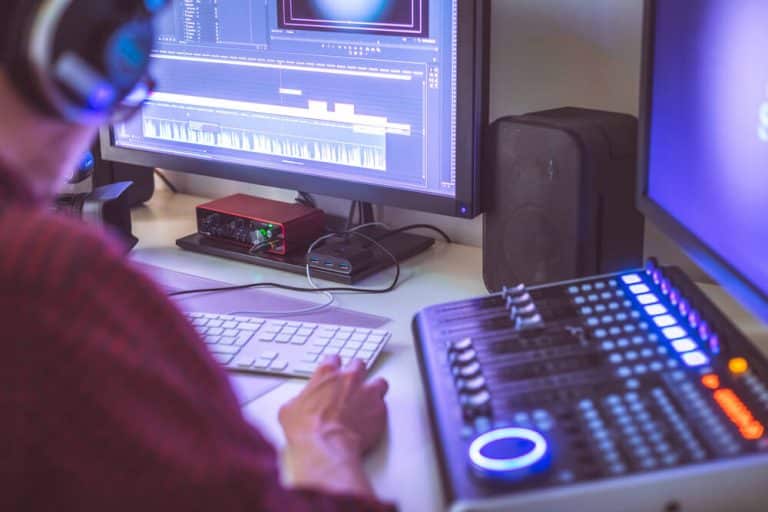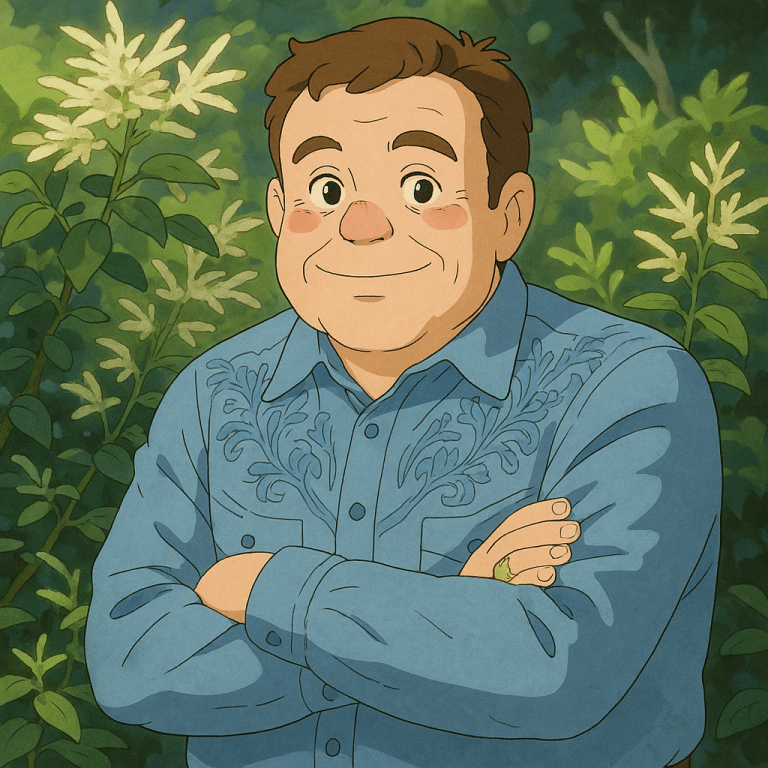Sound designers today are tapping into a whole new dimension of creativity, AI. By blending cutting-edge algorithms with artistic intuition, they’re crafting expansive soundscapes that were once impossible to imagine. In this article, we’ll dive into how AI tools are enabling sound designers to generate entire sonic universes, share well-researched data, and even actionable tips you can use in your own work. And yes, you can absolutely save time by using a AI music generator in the early stages of a project!
1. AI as a Creative Catalyst
AI tools such as Google’s Magenta NSynth and ElevenLabs’ text-to-SFX models are reshaping sound design workflows:
- Google’s Magenta NSynth: This neural autoencoder synthesizes entirely new instrument sounds by blending timbres in ways humans hadn’t thought of—used by artists like Grimes and YACHT․
- ElevenLabs’ text-to-SFX: Designers can type prompts like “metallic thud in a cavern,” and the model returns realistic sound effects ready for layering.
These tools act like co-creators, offering unexpected audio textures that spark fresh ideas and push creativity beyond the traditional palette.
2. Generative Soundscapes in Film and Games
AI isn’t just for isolated effects, it builds immersive environments:
- Dynamic game audio: Neural networks adapt soundscapes in real-time to player actions, ensuring every experience is unique.
- Interactive installations: Björk’s Kórsafn responds to weather and data inputs, evolving continuously as a living, breathing sonic environment.
These AI-driven environments streamline workflows, automating repetitive layers and freeing designers for high-level creative choices. Want to get started? Look for middleware like FMOD or Wwise that supports AI integration in-game audio.
3. Studio-Ready Tools for Speed and Scale
The rise of user-friendly apps makes AI accessible beyond research labs:
- Endel: Generates playlists and atmospheres that adapt to your time, heart rate, and weather,ideal templates for relaxation or focus-themed scenes․
- Soundverse and Sonic Hub: Let creators generate royalty‑free music tracks tailored to branding or video needs in minutes.
These apps let sound designers quickly iterate, audition, and refine their themes without switching tools, reducing overhead and allowing for faster experimentation.
4. Workflow Efficiency: Saving Time & Headaches
AI can take care of tedious, time-consuming tasks so designers can stay focused on artistry:
- Batch processing: Need 50 variations of wind? Tools like SpecSinGAN generate natural-sounding variations from a single sample.
- Dialogue editing: Adobe’s Project VoCo enables word‑level fixes by typing new words rather than re-recording lines.
Bottom line: AI helps you streamline grunt work so you can spend time refining mood, atmosphere, and story impact. And yes, you save time by using an AI music generator when creating base layers.
5. Collaboration Between AI and Sound Designers
There’s an ongoing debate about whether AI will replace or support human designers,but evidence favors collaboration:
Reddit users in r/sounddesign emphasize that skilled professionals using AI outperform those just prompting for results:
“Anybody who knows what they’re doing while harnessing an AI tool will be infinitely better… than somebody who just knows how to prompt and pray”
Academic studies, such as the ACM’s generative AI research, show AI helps spark creativity, not replace it . The consensus in the industry is that AI is a powerful partner, not a threat, when wielded by informed creators.
6. Best Practices for Using AI in Sound Design
Here are actionable insights to get the most from AI tools:
- Start with a prompt, but edit with your ear
Treat AI output as raw material. Tailor and humanize it. - Layer AI output with organic sounds
Blend textures to avoid that “AI sheen” and maintain authenticity. - Document AI sources & attribution
Track how each texture is generated and credited appropriately. - Iterate using feedback loops
Generate multiple variations and choose the ones that best match your vision. - Stay informed ethically
Understand licensing and consent, especially when cloning voices like ElevenLabs or Respeecher․
7. The Future: Spatial Audio & Co-Creation
Emerging research is taking things further:
- MIMOSA: AI enhances spatial audio for video, anchoring mono/stereo sounds in 3D scenes, ideal for VR or film soundtracks.
- Open-source tools: Libraries like Music Representing Corpus Virtual help designers build custom neural pipelines for unique sound worlds.
As AI tools enter pipelines more deeply, expect sound design to become more adaptive, personalized, and richly detailed.
Conclusion
AI is revolutionizing sound design by offering:
- Rich new sonic textures (NSynth, ElevenLabs)
- Real-time adaptability in games and installations (dynamic soundscapes)
- Efficiency in studios (batch SFX, dialogue fixes)
- Human‑centered collaboration, not replacement
By treating AI as a creative partner, sound designers are generating fully immersive, emotionally resonant sonic worlds, works that surprise, evolve, and enchant. Start experimenting with AI today, and see how it transforms both your workflow and the worlds you build.
Actionable Takeaways:
- Integrate tools like Magenta or SpecSinGAN into your sound library
- Use AI-generated stems to jumpstart composition
- Blend AI with handcrafted audio to keep a human touch
- Explore spatial audio research like MIMOSA for future projects
The future of sound design is here, and its soundtrack is composed by both human and AI creativity.



















